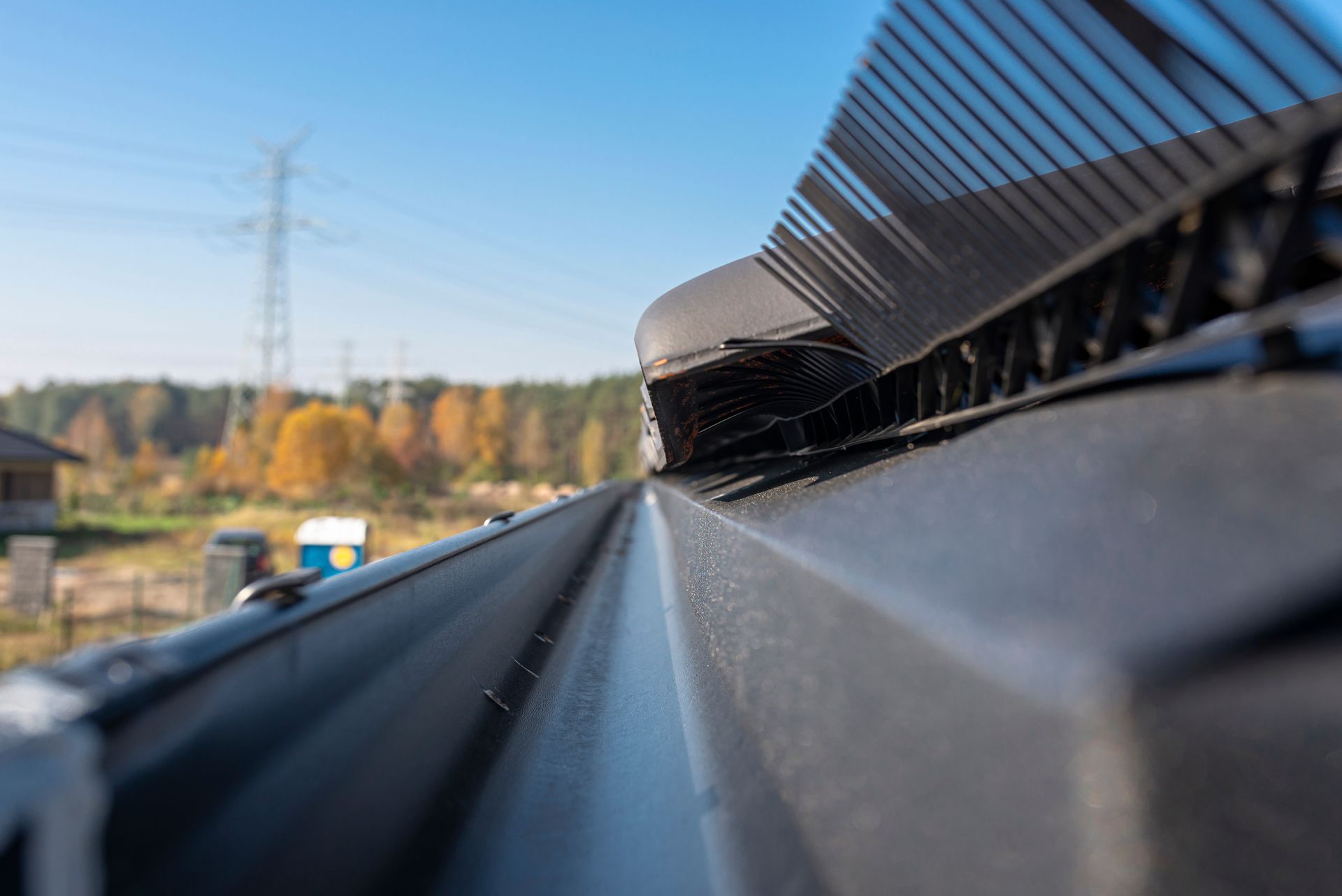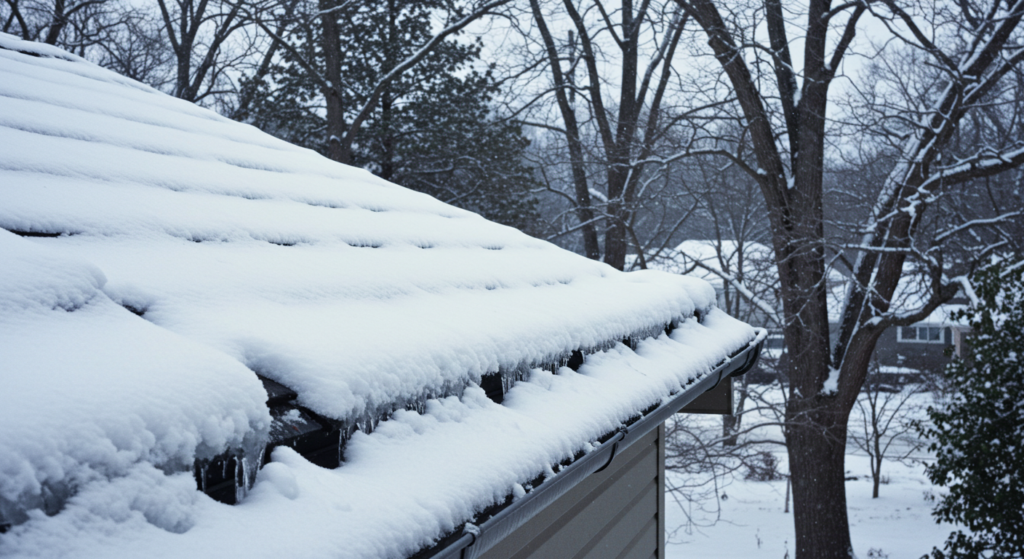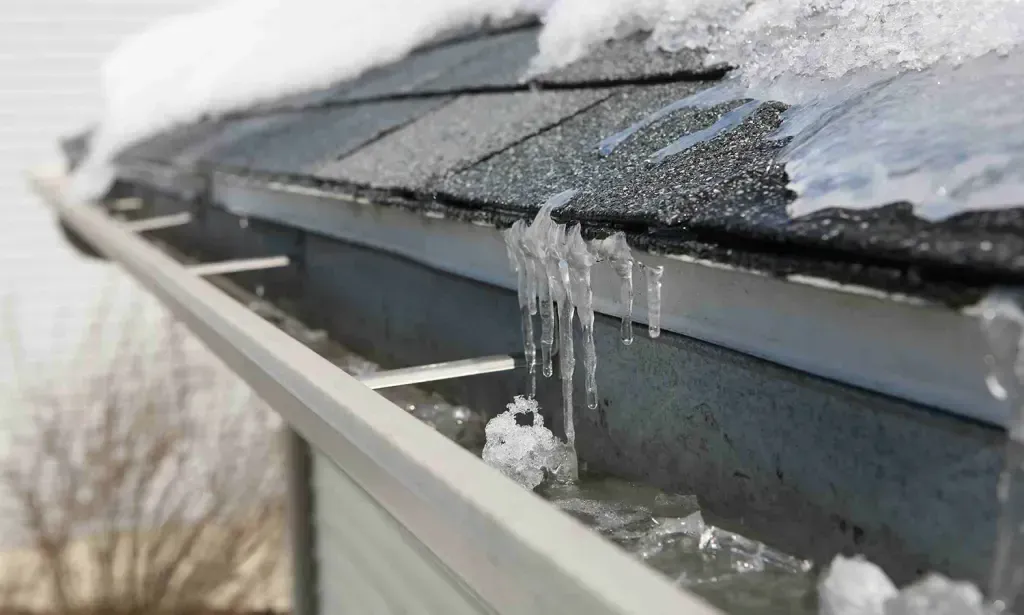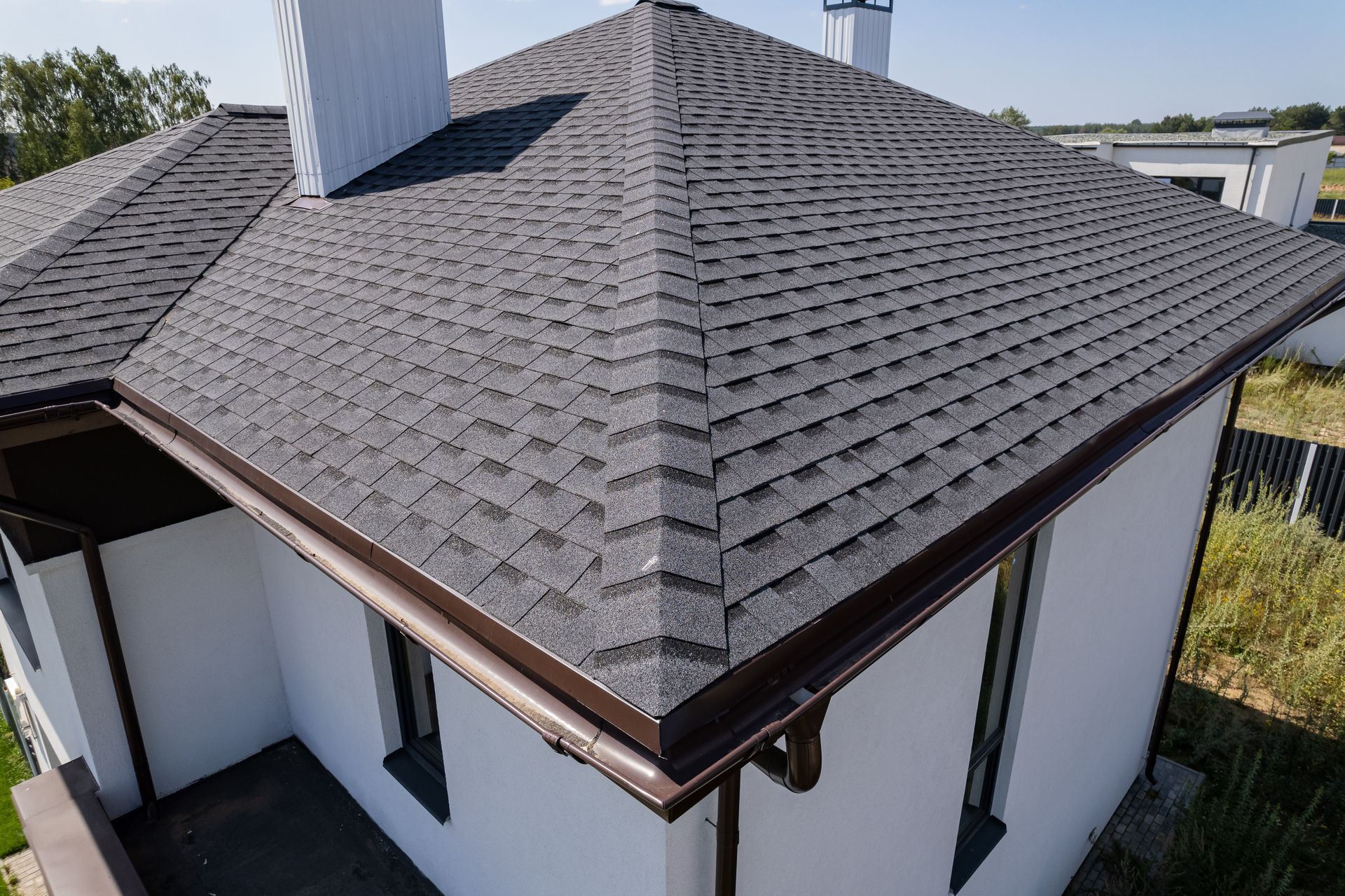Understanding Roof Flashing: A Key Component of a Leak-Free Roof
When it comes to protecting your home, your roof is your first line of defense against the elements. While shingles and gutters get most of the attention, there’s another critical component working behind the scenes to keep your roof leak-free: flashing.
At Heritage Roofing & Exteriors, we know that understanding your roof’s components is essential for making informed decisions about maintenance and repairs. In this blog, we’ll explain what roof flashing is, why it’s important, and how to ensure it’s doing its job.

What Is Roof Flashing?
Roof flashing is a thin material, typically made of metal (like aluminum, copper, or galvanized steel), that is installed in areas where your roof meets vertical surfaces or other features. Its primary purpose is to create a watertight seal, directing water away from vulnerable areas.
Flashing is commonly used in the following areas:
- Chimneys
- Skylights
- Vents and Pipes
- Valleys (where two roof planes meet)
- Edges (like eaves and rakes)
Why Is Flashing Important?
Without flashing, these areas would be prone to water infiltration, leading to leaks and potential damage to your home’s interior. Properly installed and maintained flashing ensures that water flows off the roof and into the gutters, keeping your home dry and protected.
Key Benefits of Roof Flashing:
- Prevents Leaks: By sealing gaps and directing water away, flashing prevents moisture from seeping into your home.
- Extends Roof Lifespan: Protecting vulnerable areas reduces wear and tear on your roof, helping it last longer.
- Guards Against Mold and Rot: By preventing water damage, flashing helps avoid mold growth and wood rot in your roof and attic.
Signs Your Roof Flashing May Need Attention
Flashing is durable but not indestructible. Over time, it can become damaged, corroded, or dislodged due to weather, aging, or improper installation. Here are some signs that your flashing might need repair or replacement:
- Visible Damage: Cracked, bent, or rusted flashing can compromise its ability to keep water out.
- Water Leaks: Stains on ceilings or walls near chimneys, skylights, or vents could indicate flashing issues.
- Loose or Missing Sections: Strong winds or storms can dislodge flashing, leaving gaps for water to enter.
- Pooled Water: Water collecting in roof valleys or around chimneys may signal that flashing isn’t redirecting it properly.
How Heritage Roofing & Exteriors Can Help
At Heritage Roofing & Exteriors, we understand the critical role flashing plays in maintaining a leak-free roof. Here’s how we ensure your flashing is in top condition:
Thorough Inspections:
During our free inspections, we examine all areas where flashing is installed. We check for signs of damage, wear, or improper installation and provide a detailed report of our findings.
Professional Repairs:
If flashing is damaged, our team will expertly repair or replace it using high-quality materials designed to withstand the elements.
Preventative Maintenance:
Regular maintenance, such as sealing gaps or reinforcing weak points, can extend the life of your flashing and prevent costly damage.
Expert Installation:
Whether you’re repairing a section or replacing your entire roof, we ensure flashing is installed correctly to provide maximum protection.
Why Choose Heritage Roofing & Exteriors?
Integrity, professionalism, and innovation are at the core of everything we do. Our team is committed to providing exceptional customer service and quality workmanship, backed by a lifetime workmanship warranty. Whether you need an inspection, repair, or full roof replacement, you can trust us to protect your home.
Schedule Your Free Roof Inspection Today
Don’t wait for a leak to discover an issue with your flashing. Contact Heritage Roofing & Exteriors to schedule your free inspection and ensure your roof is in top condition. Together, we’ll make sure your home stays safe, dry, and leak-free.








